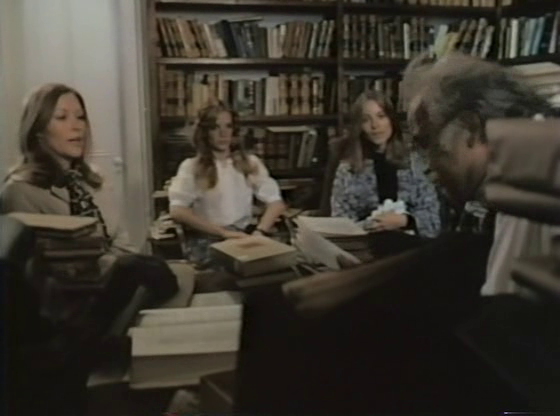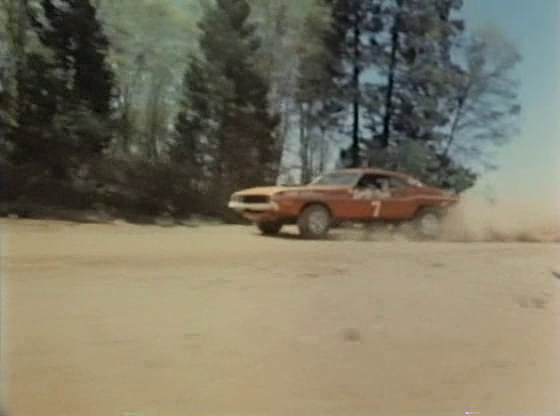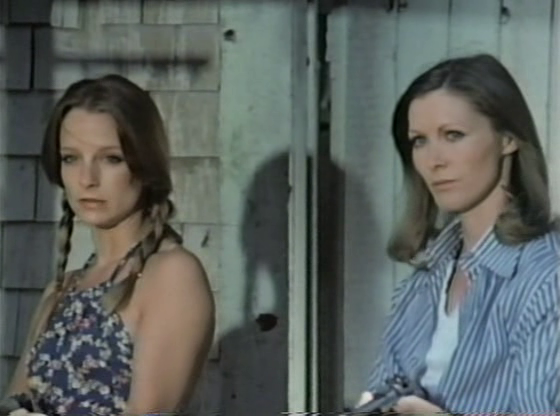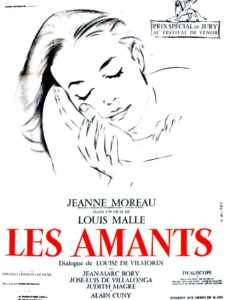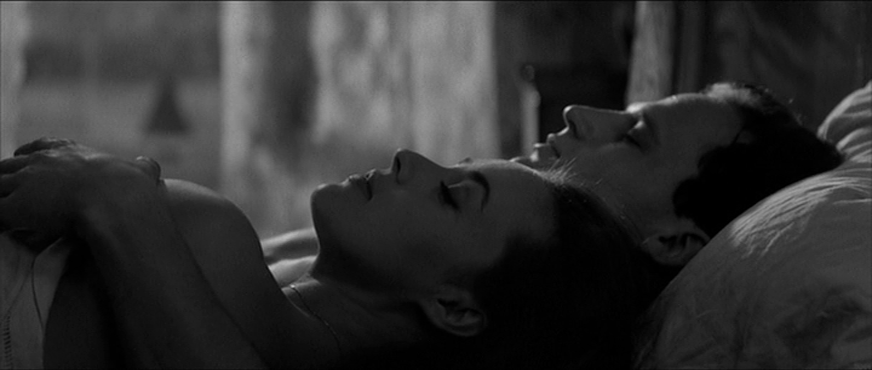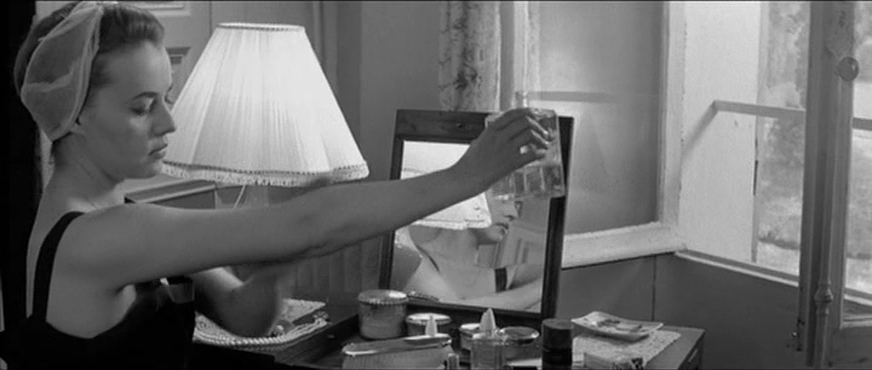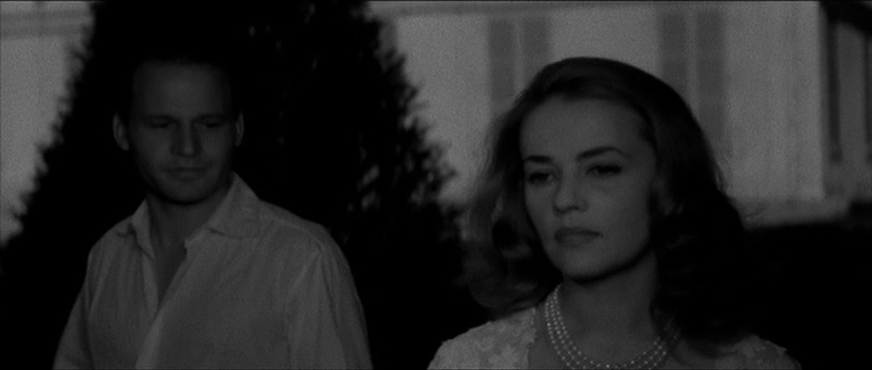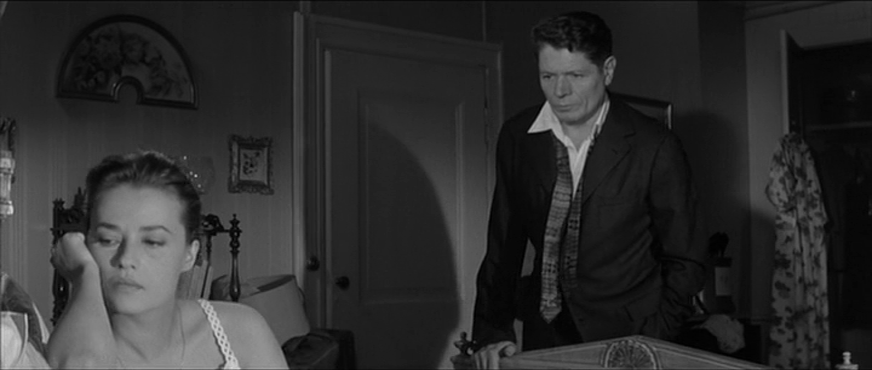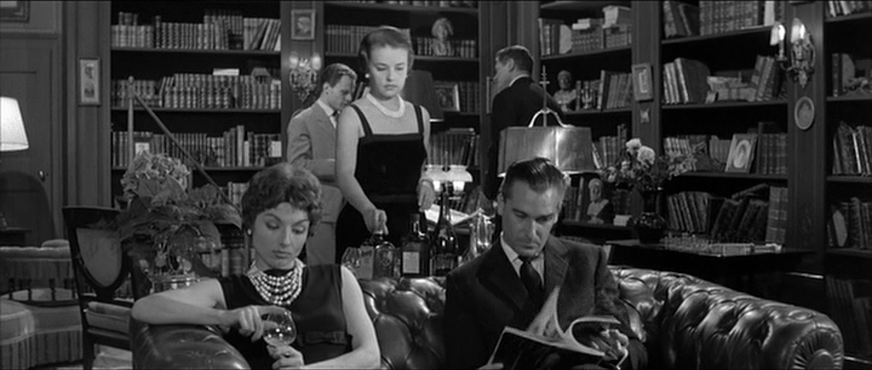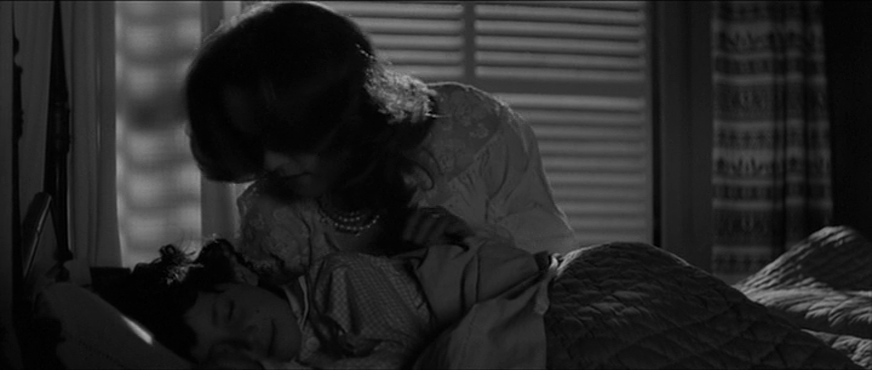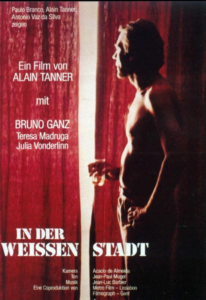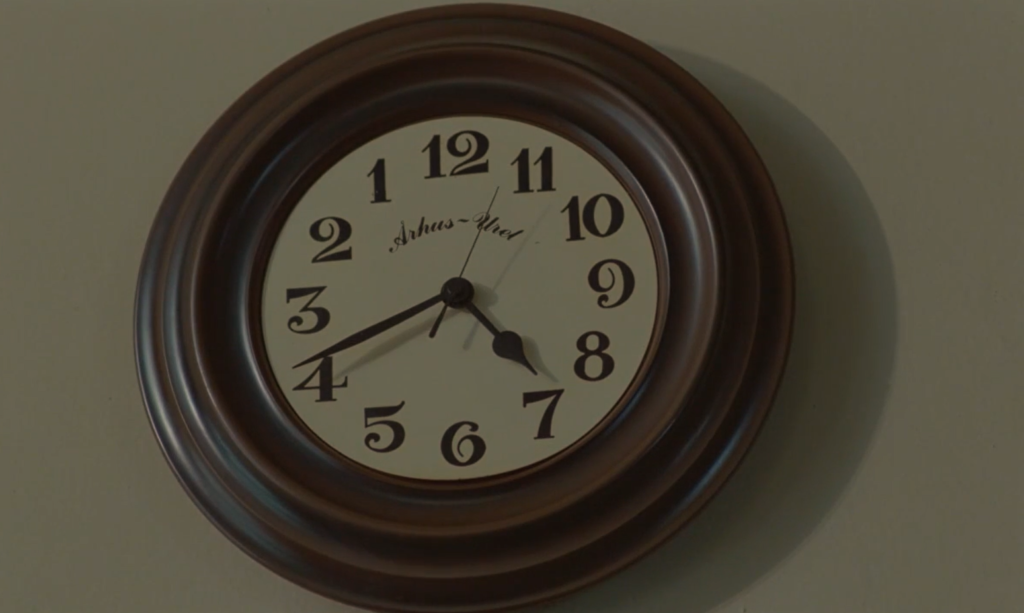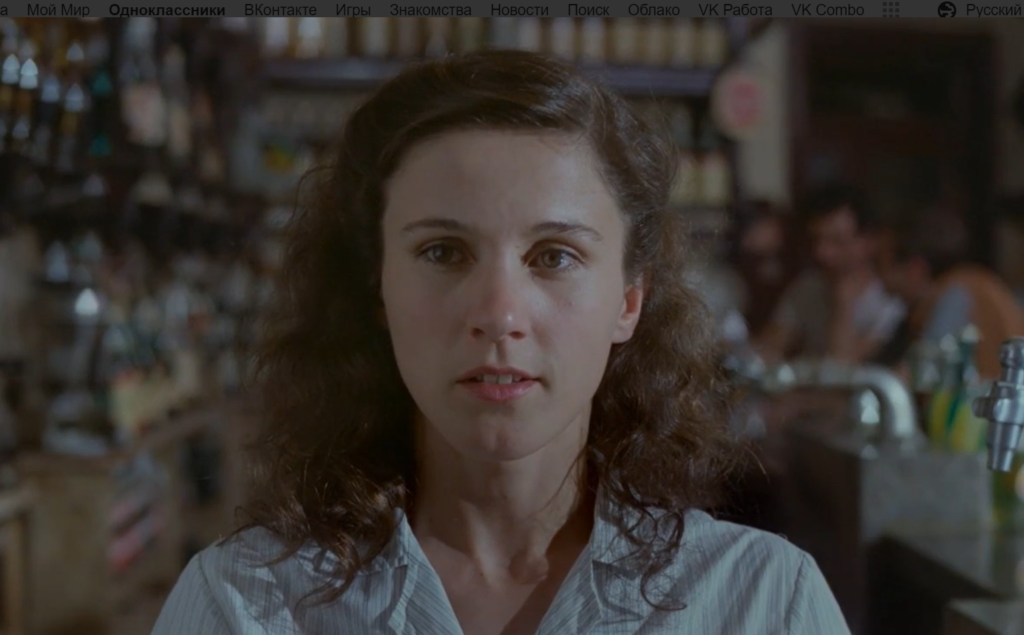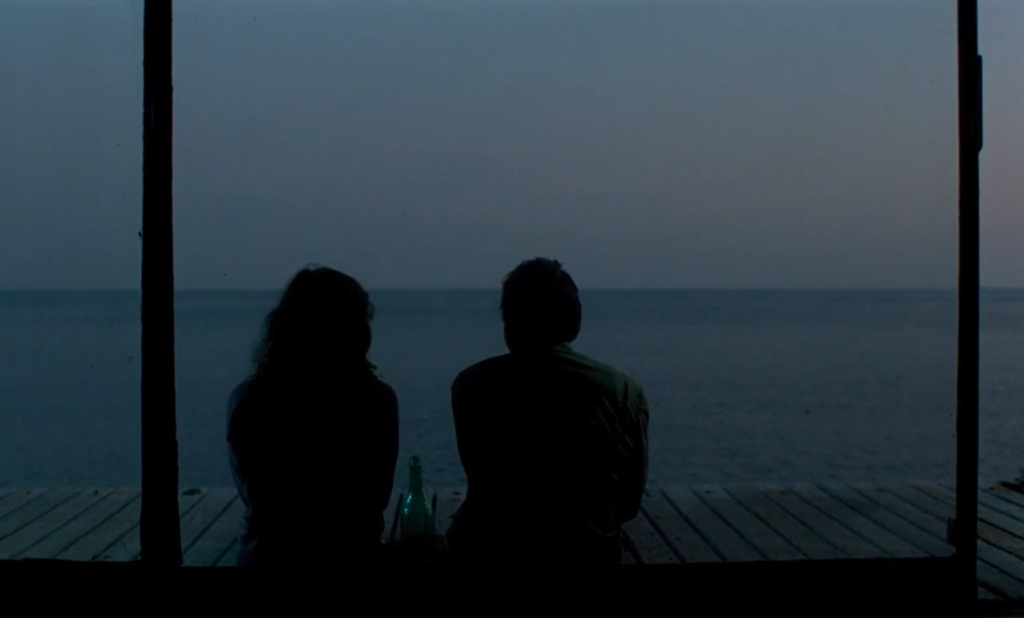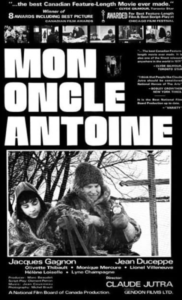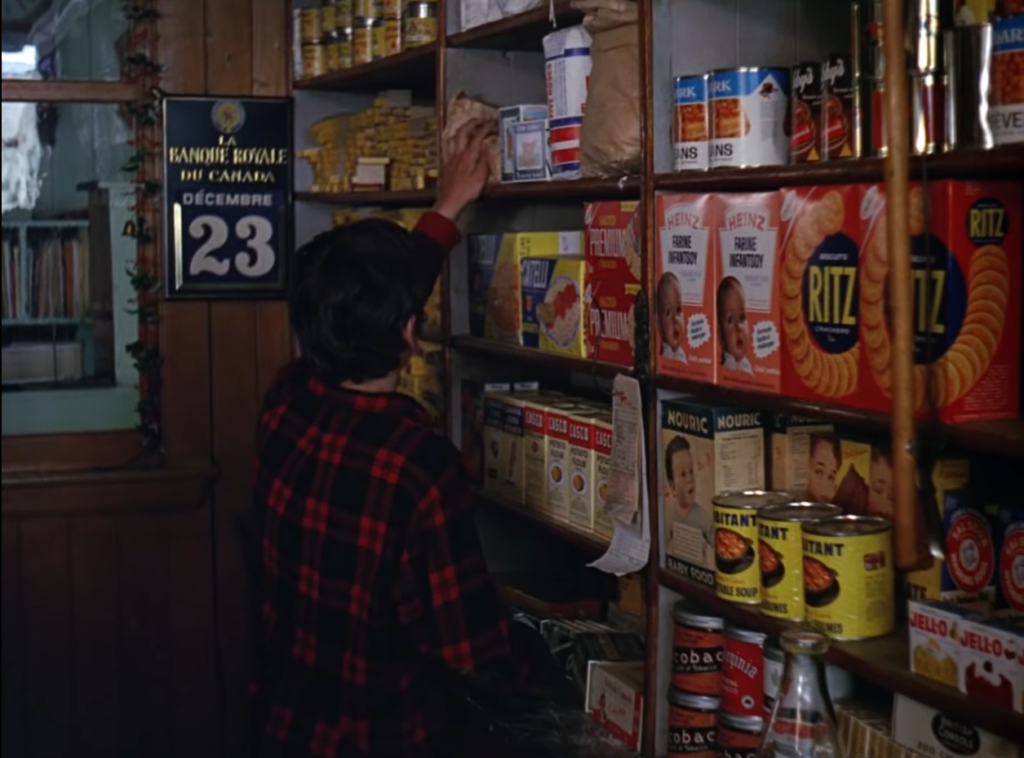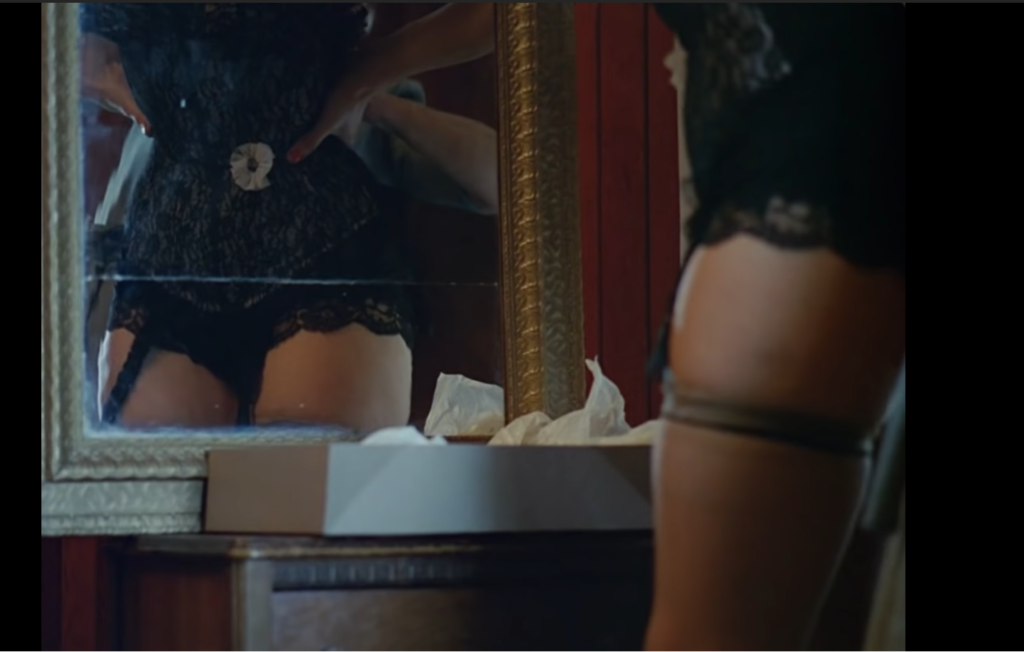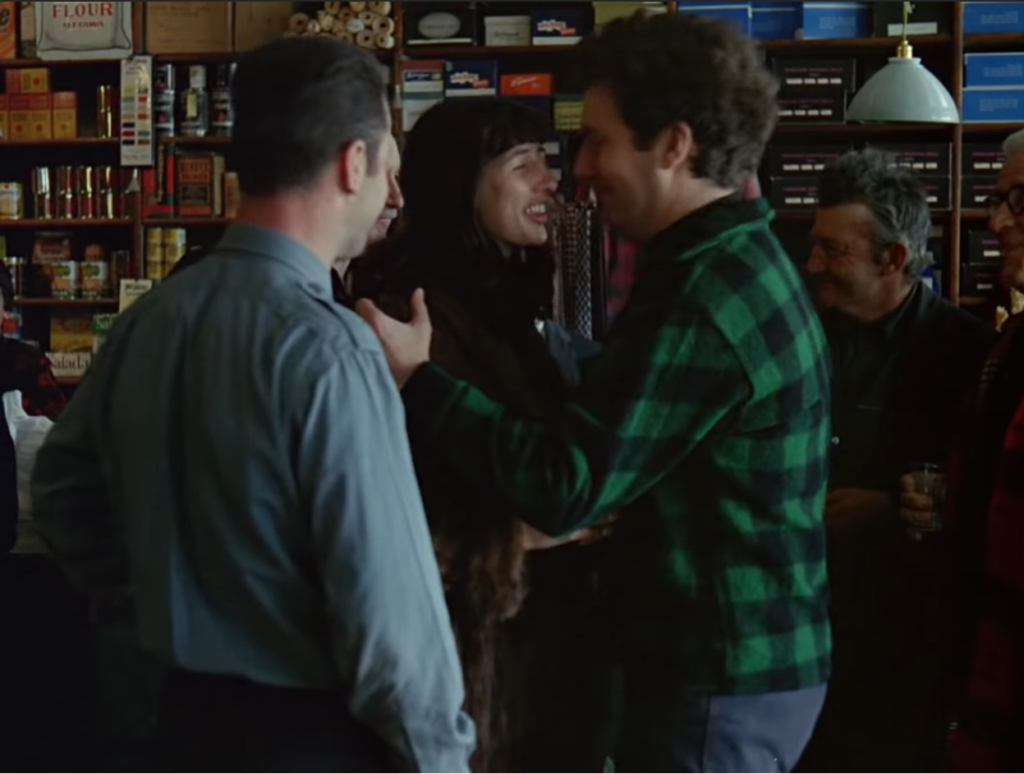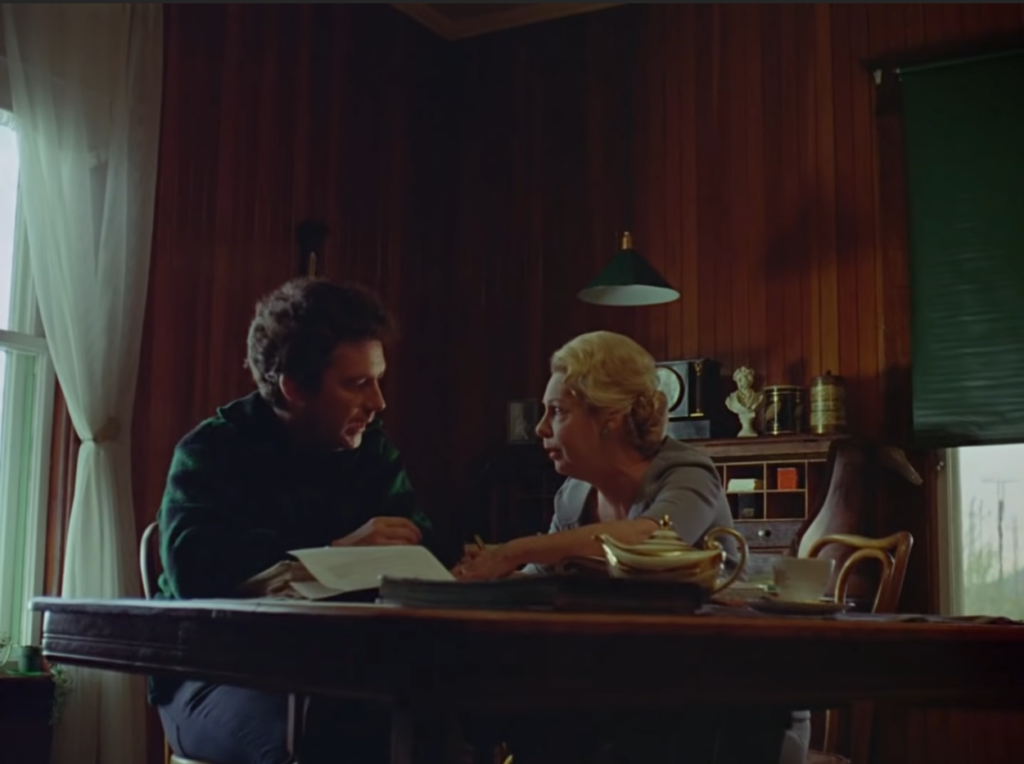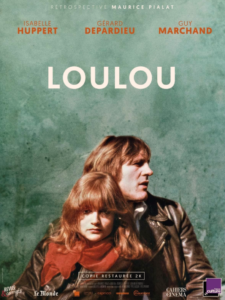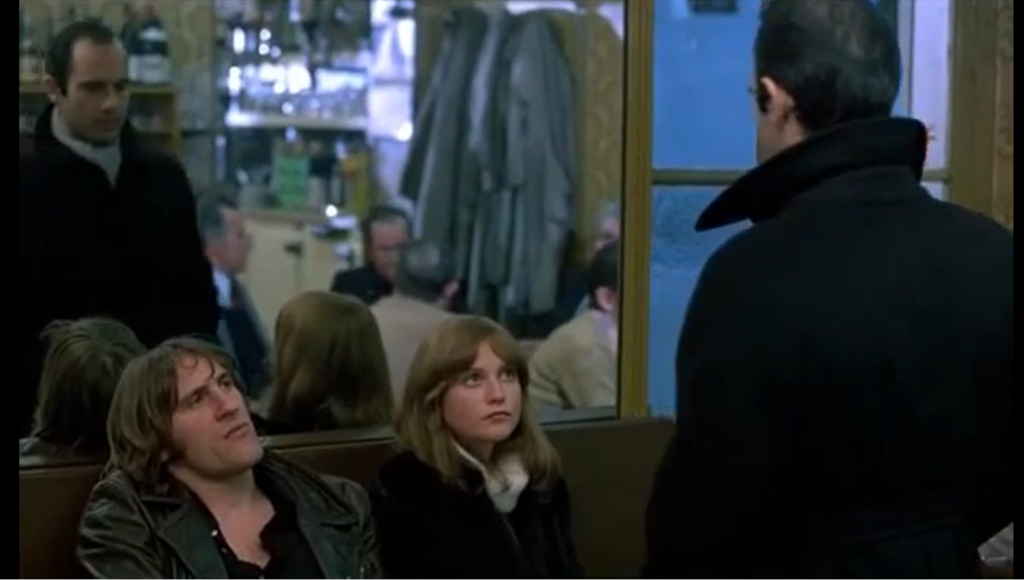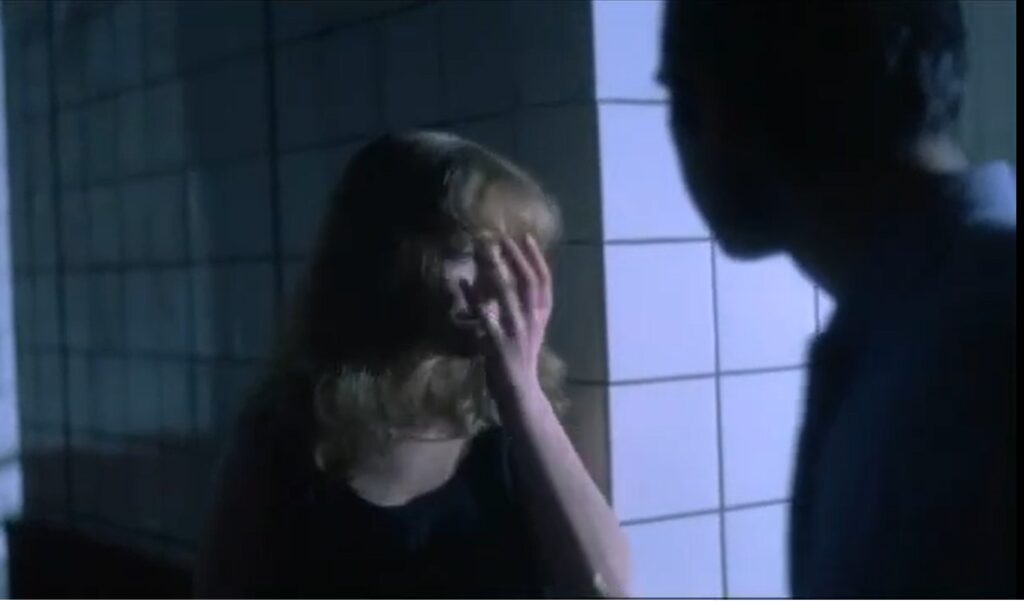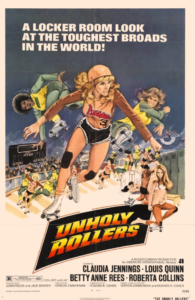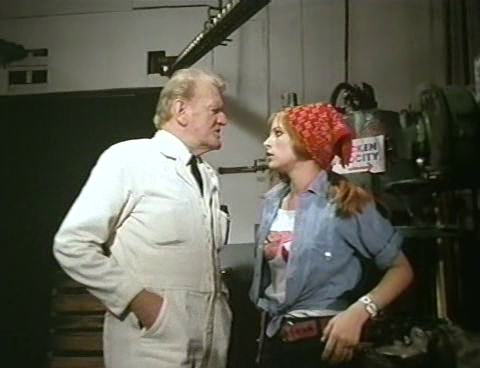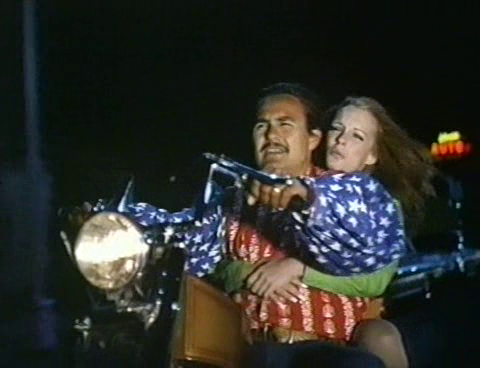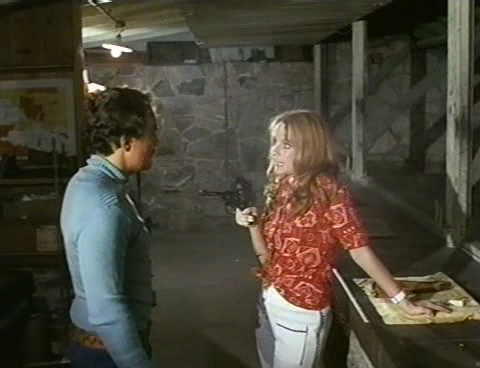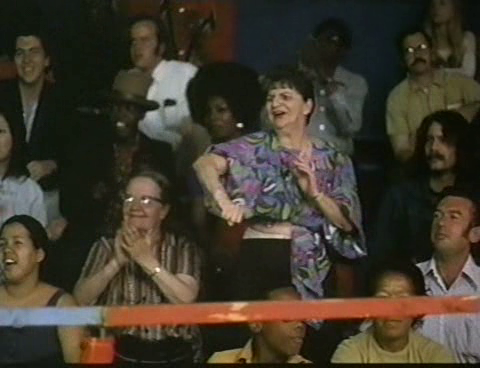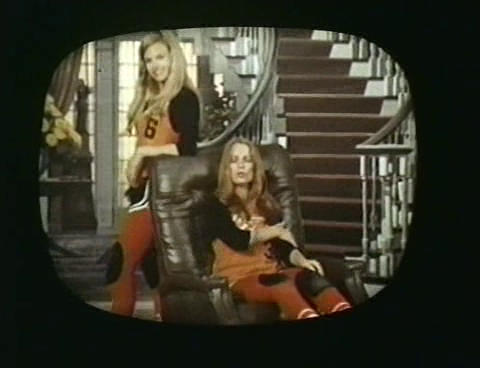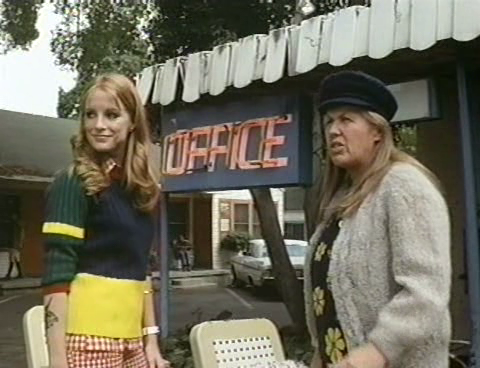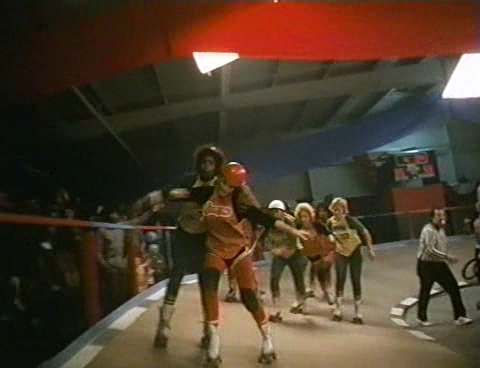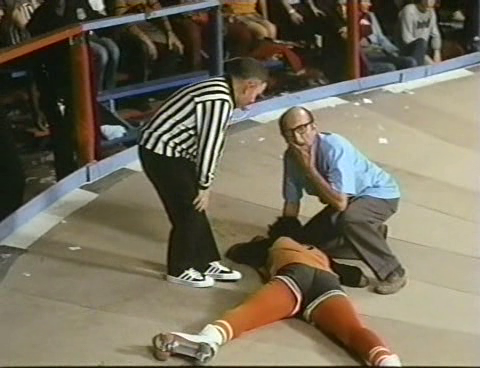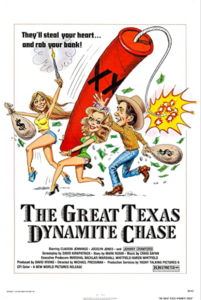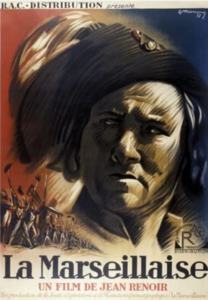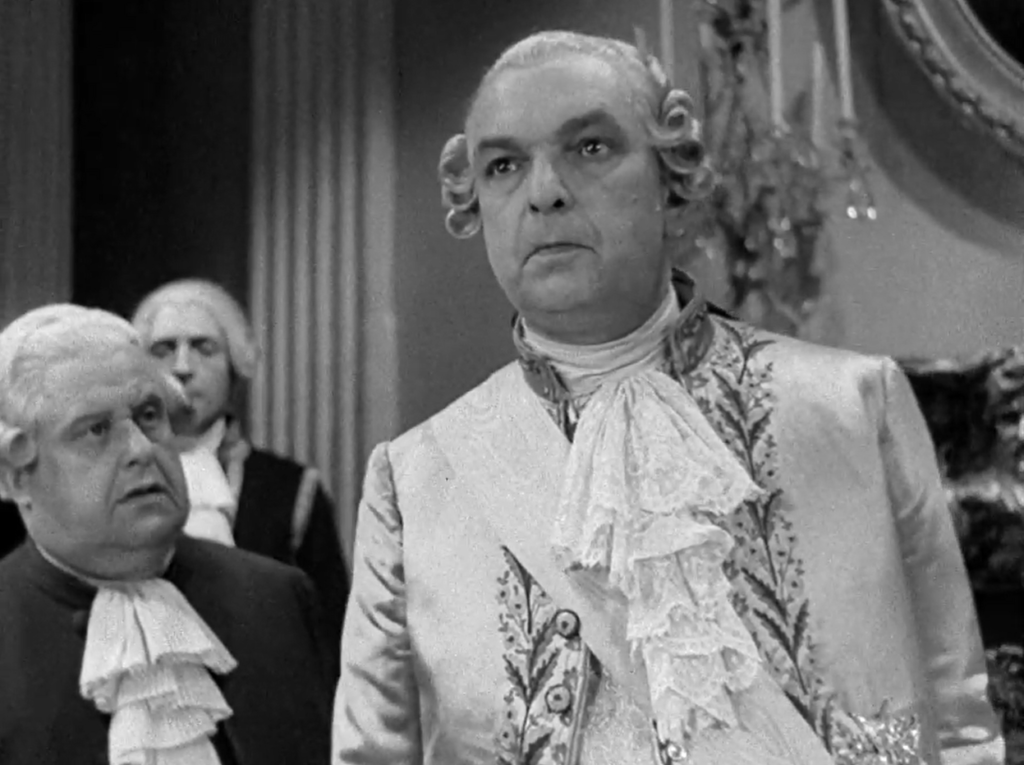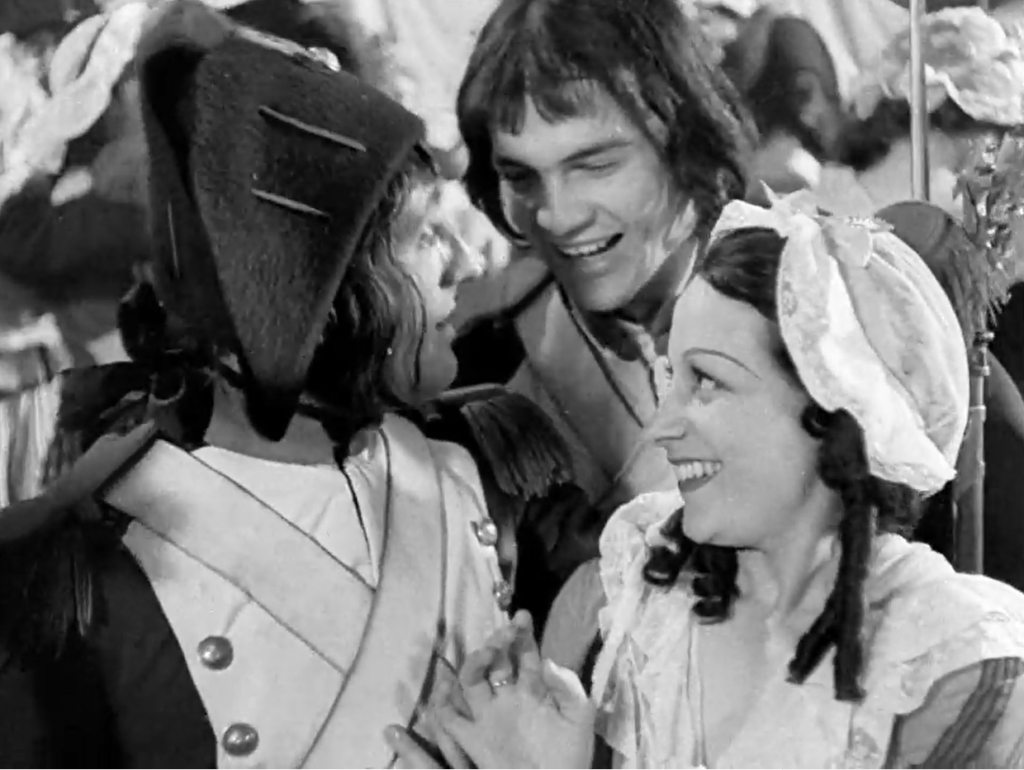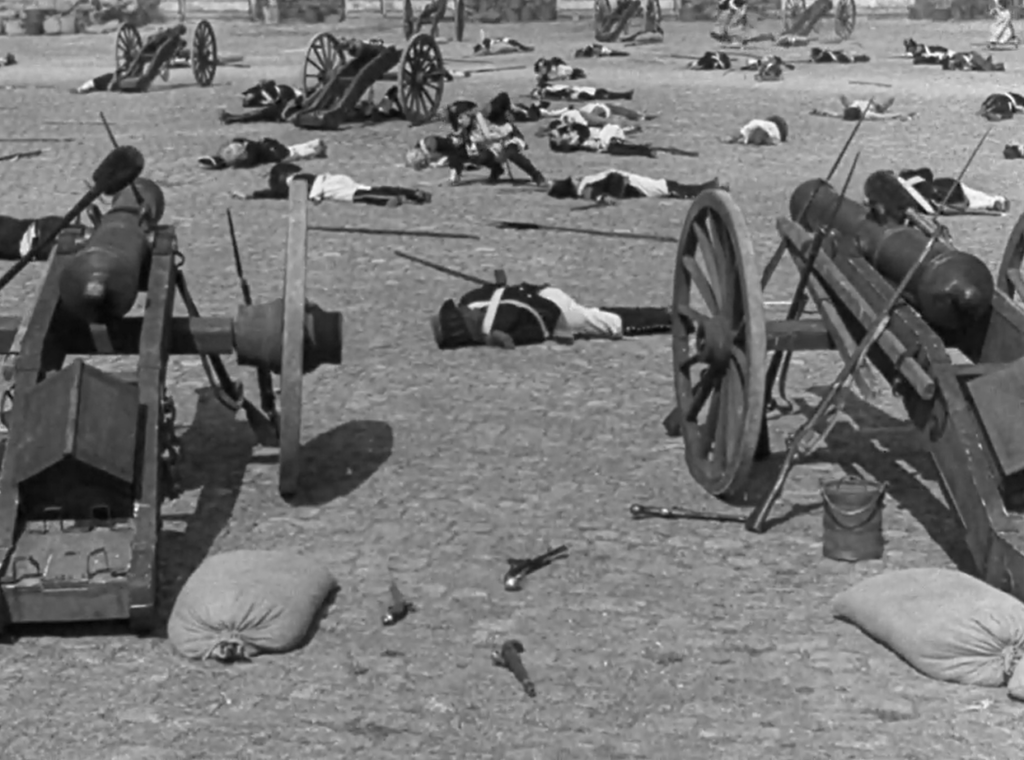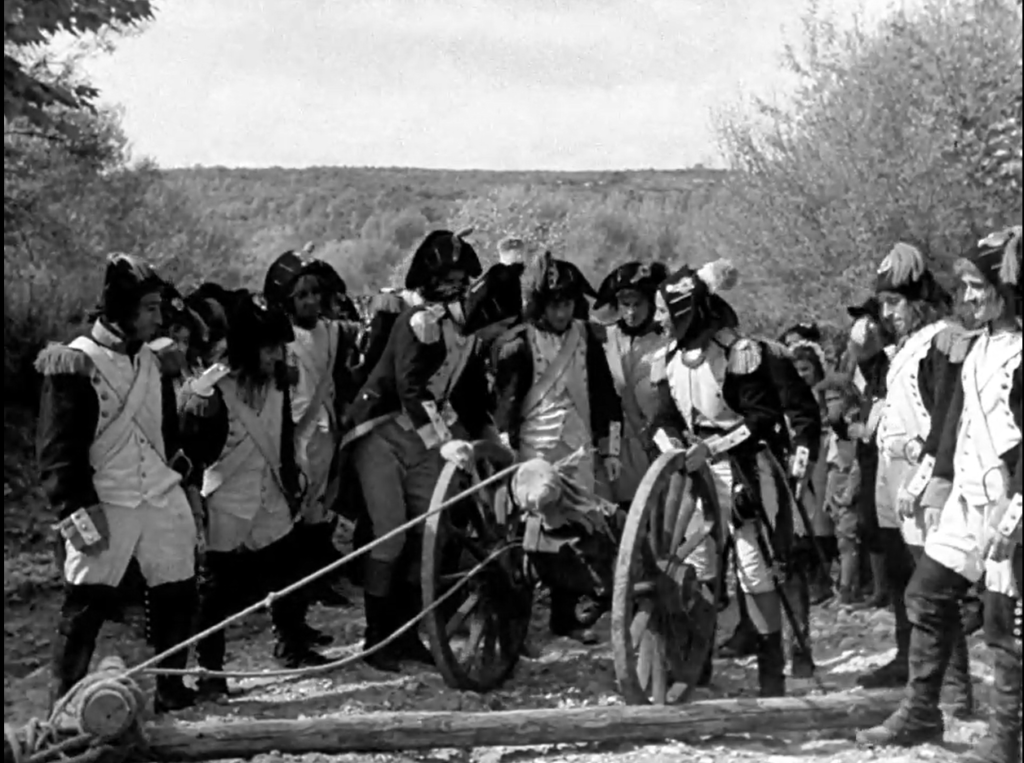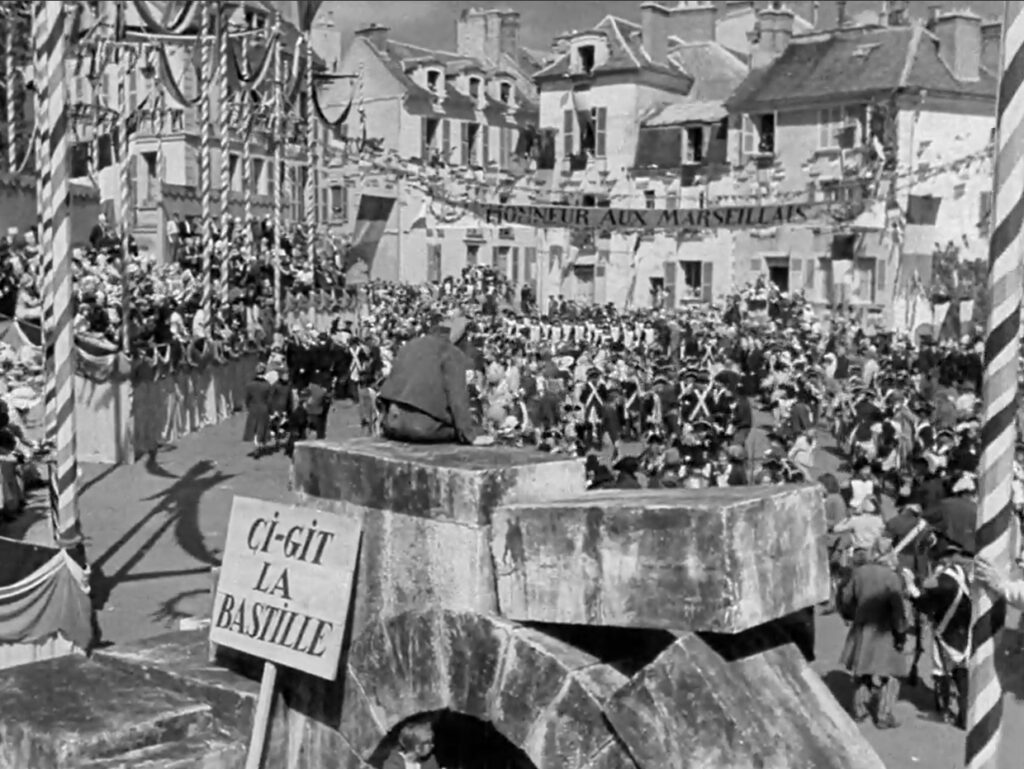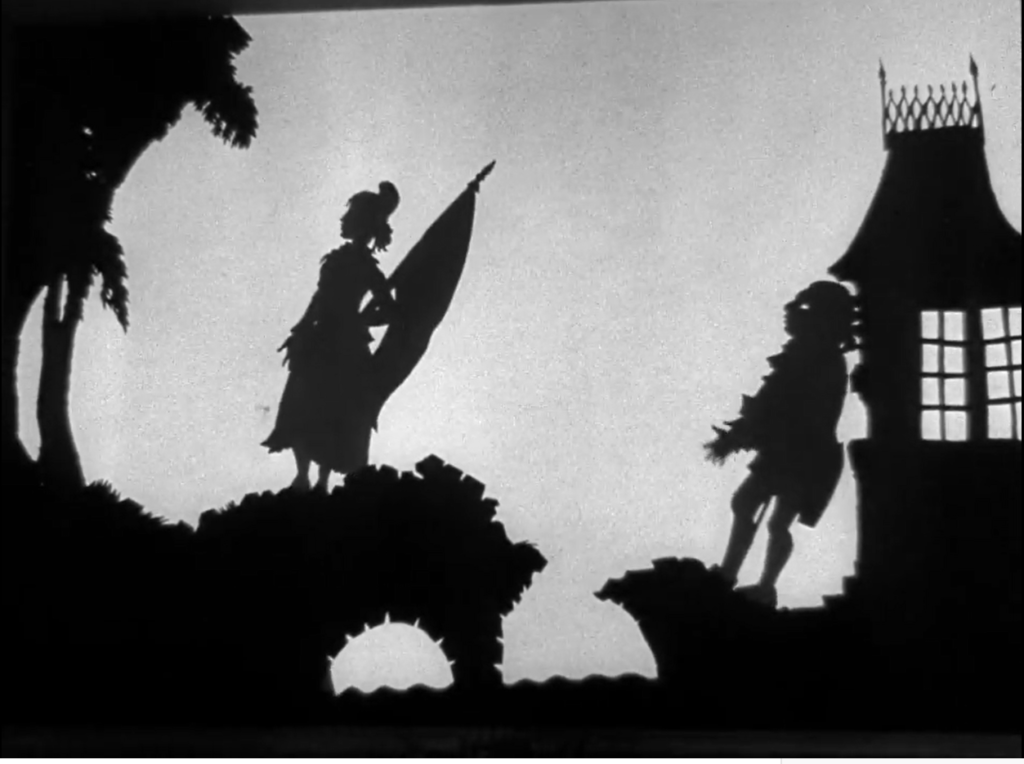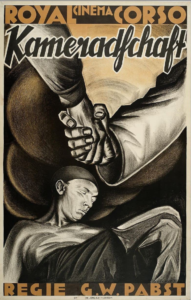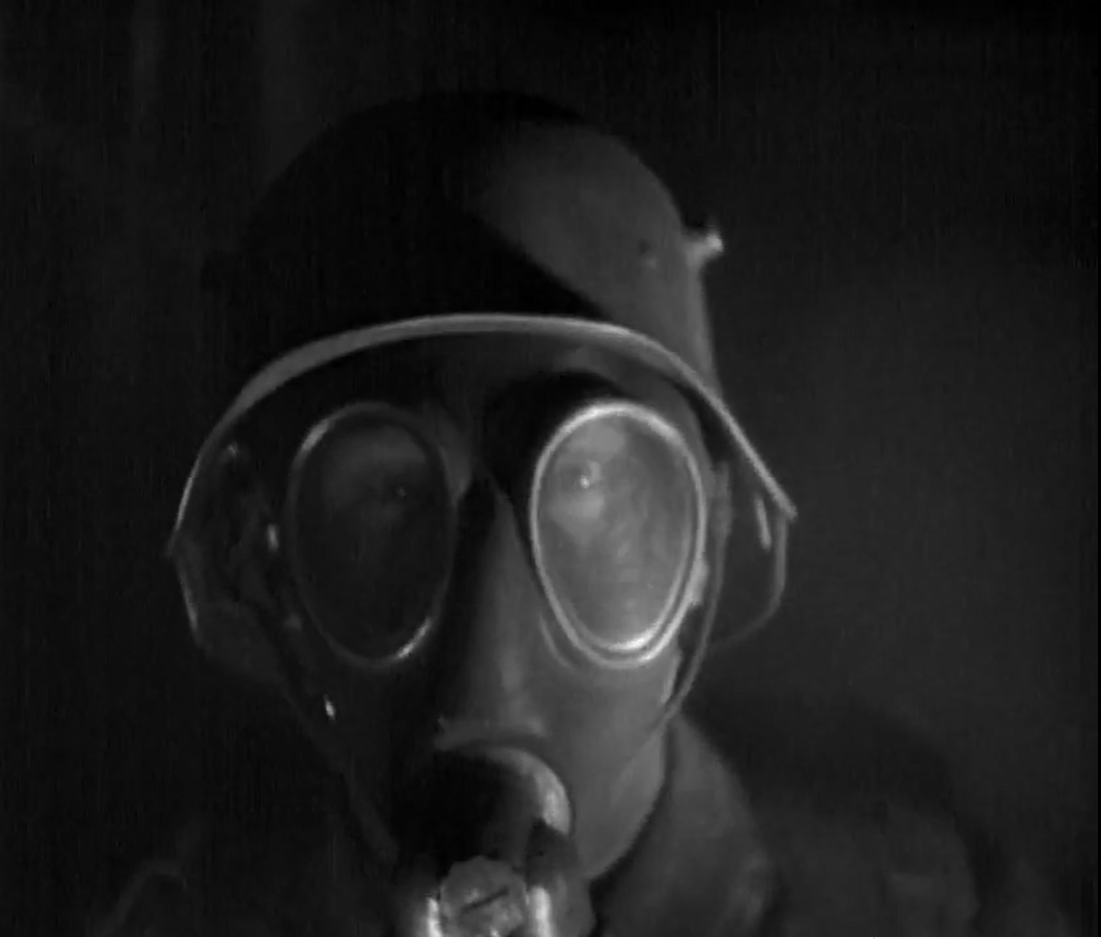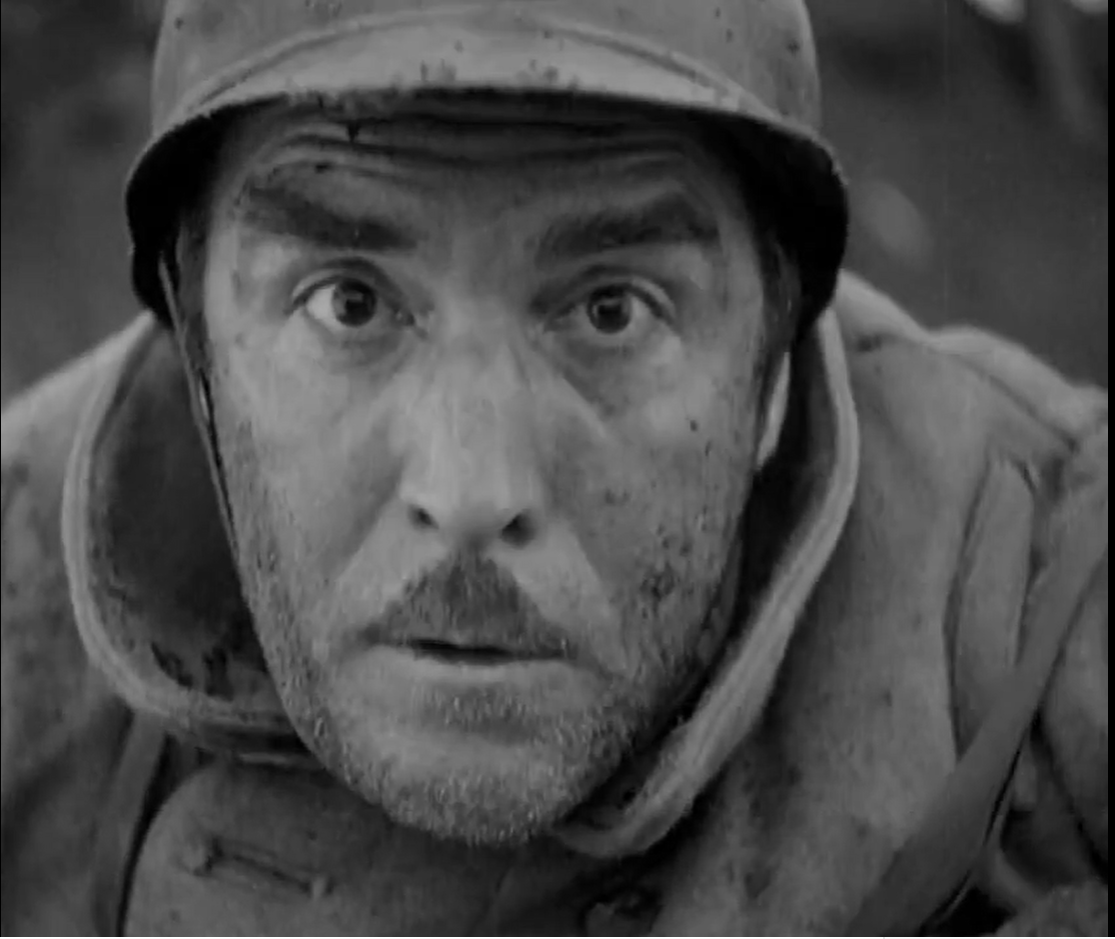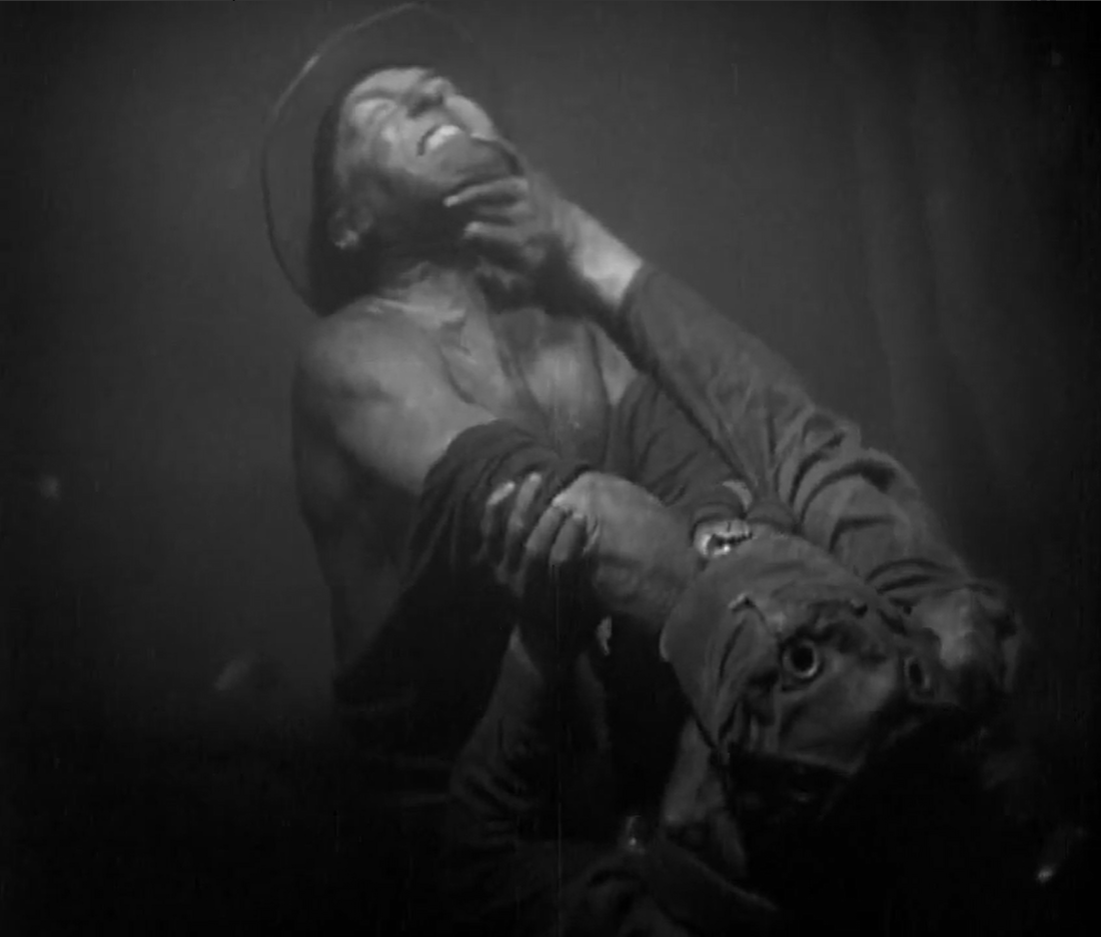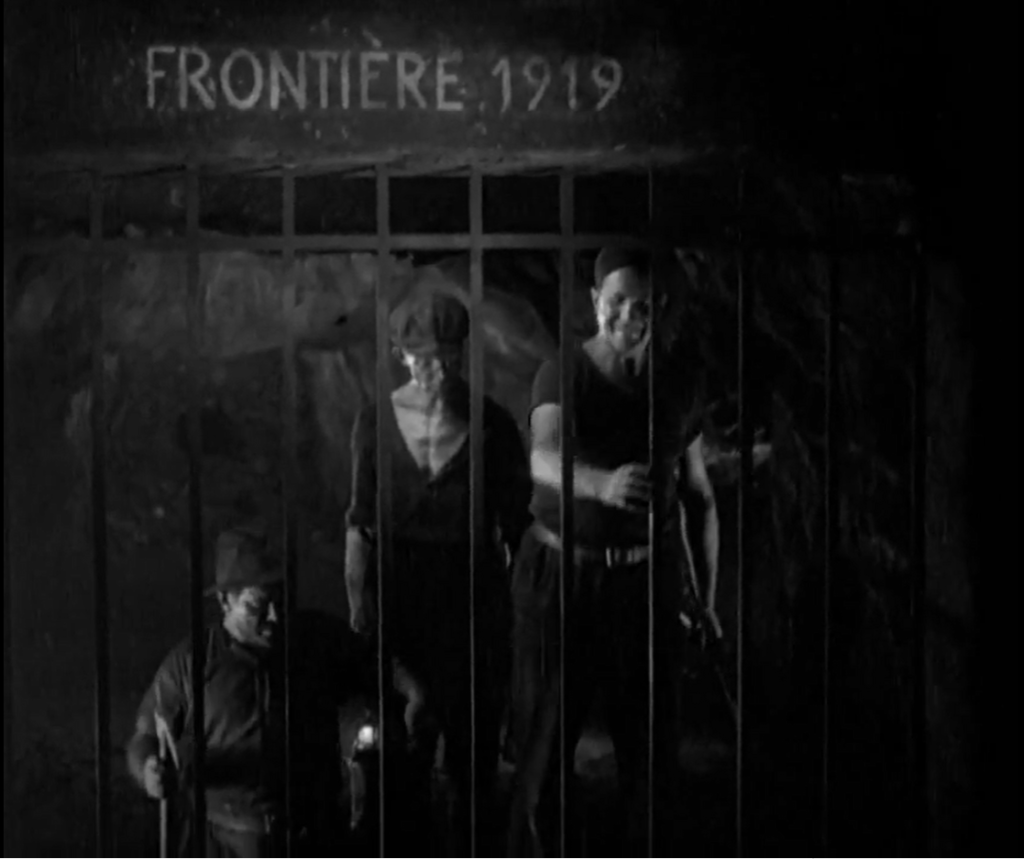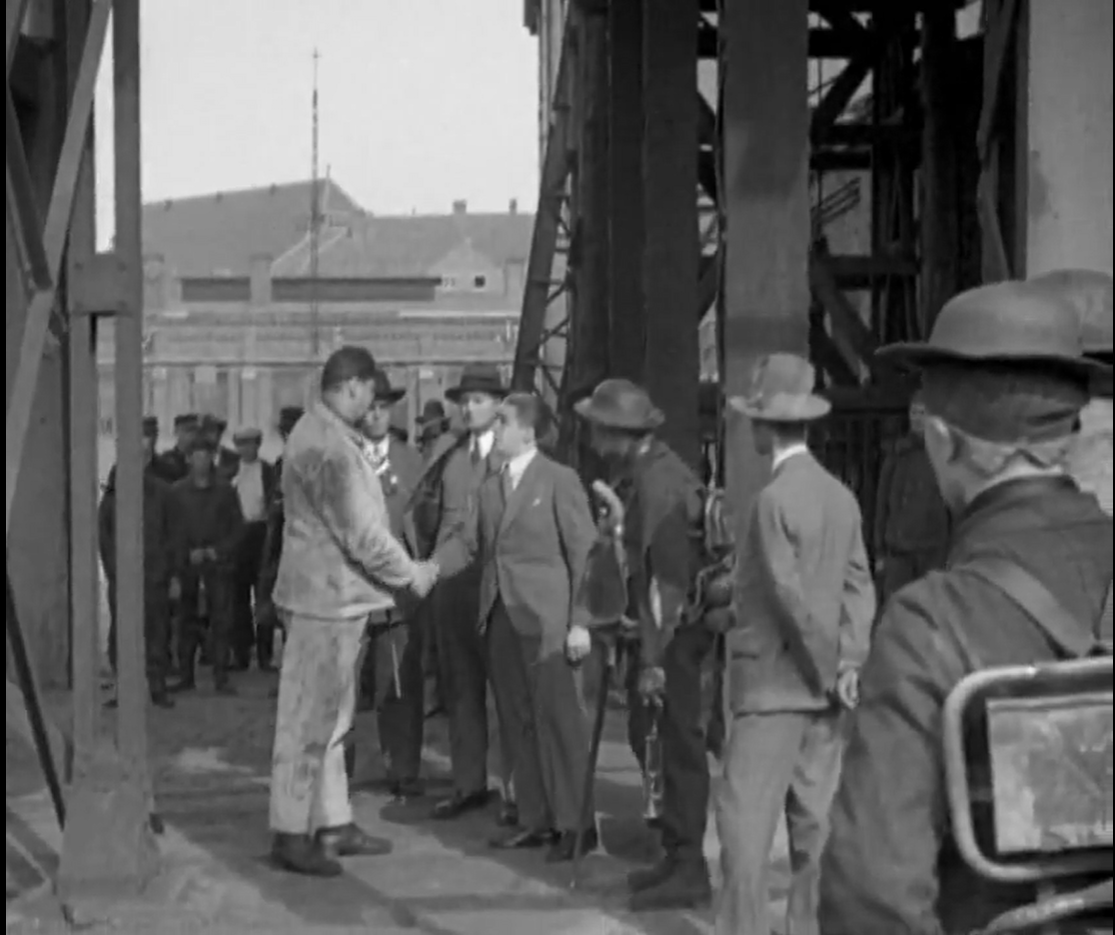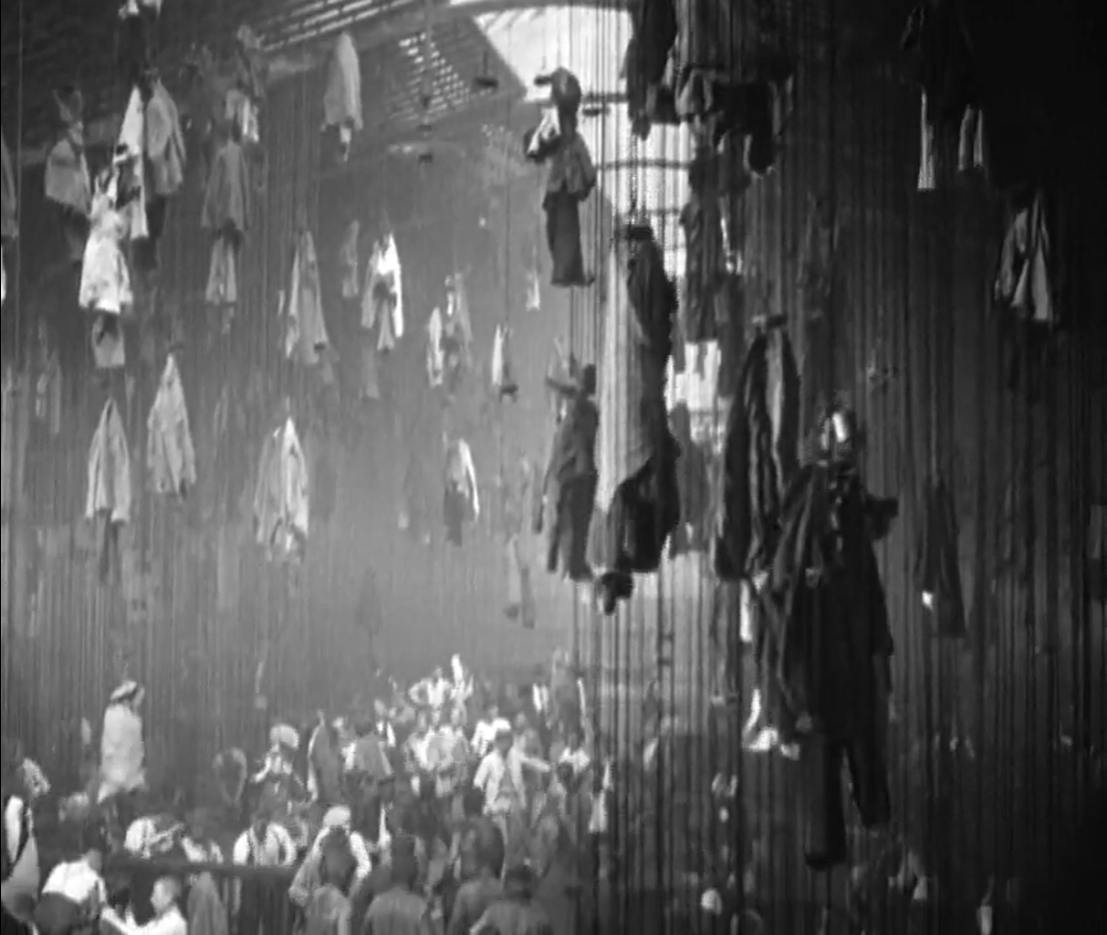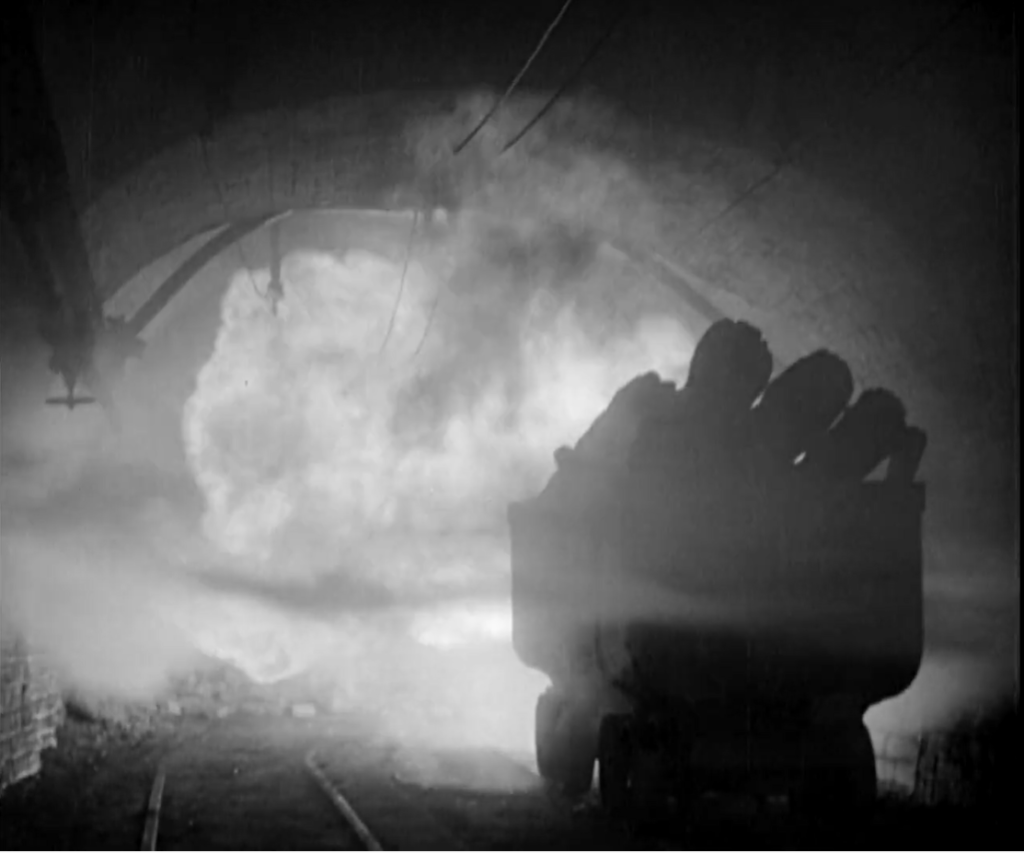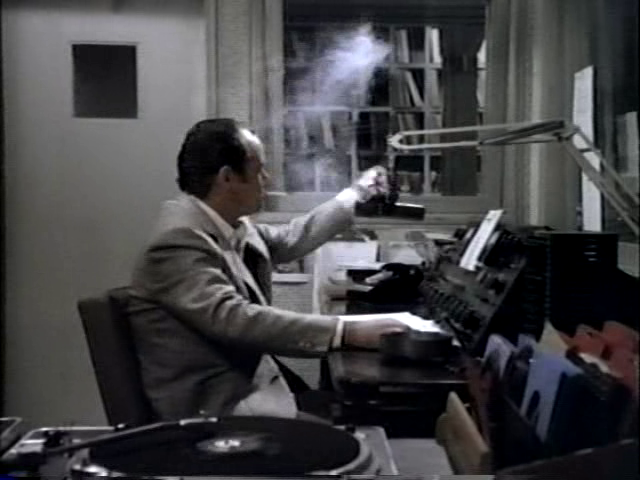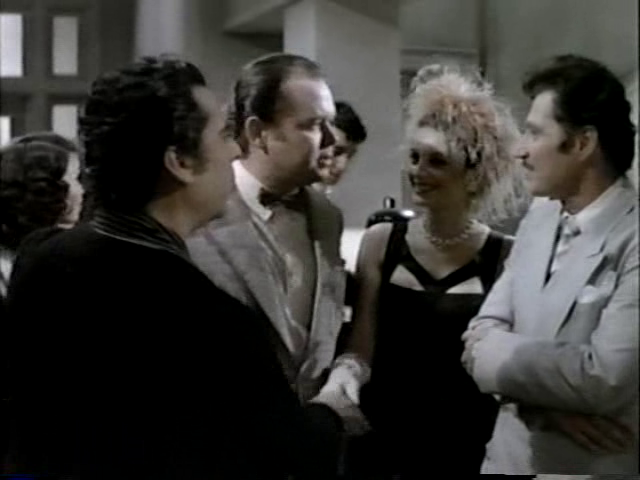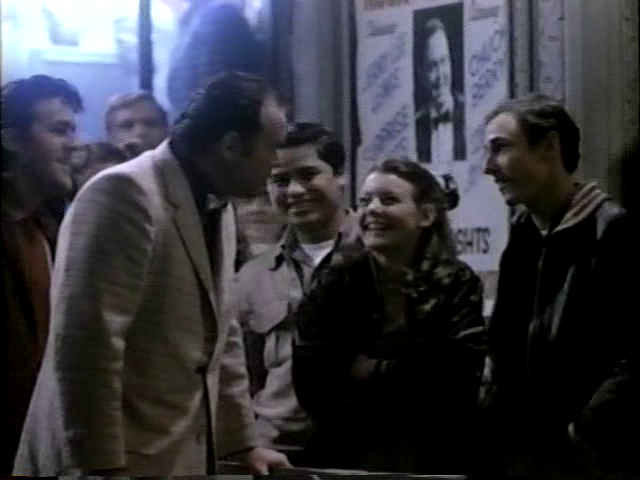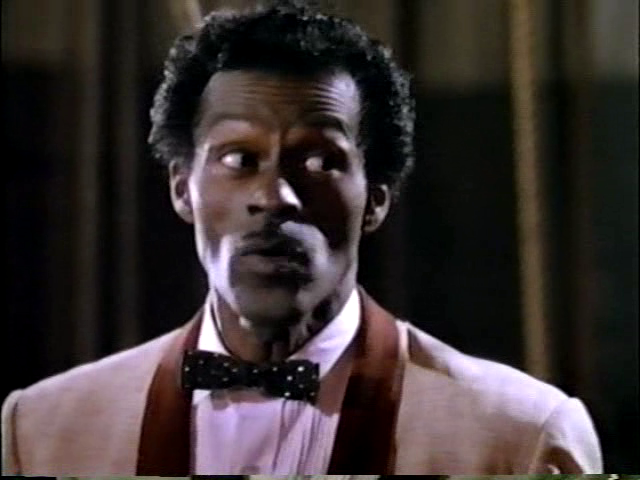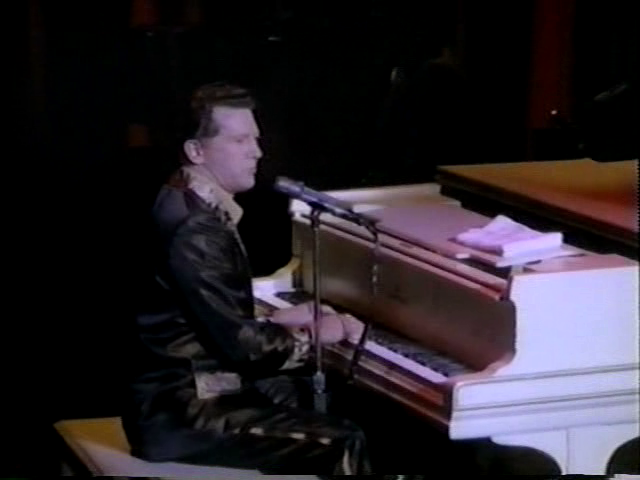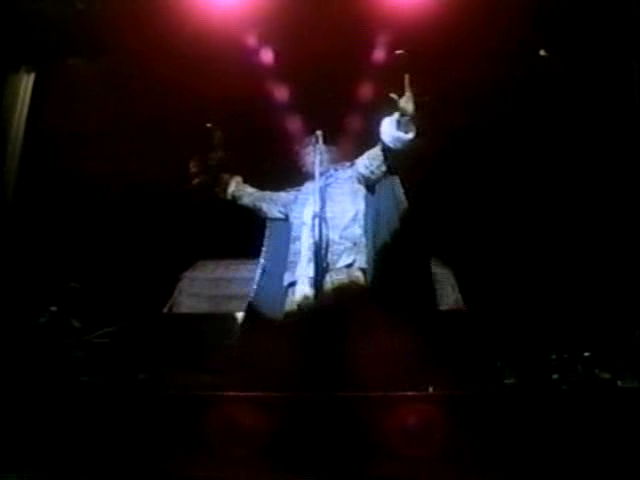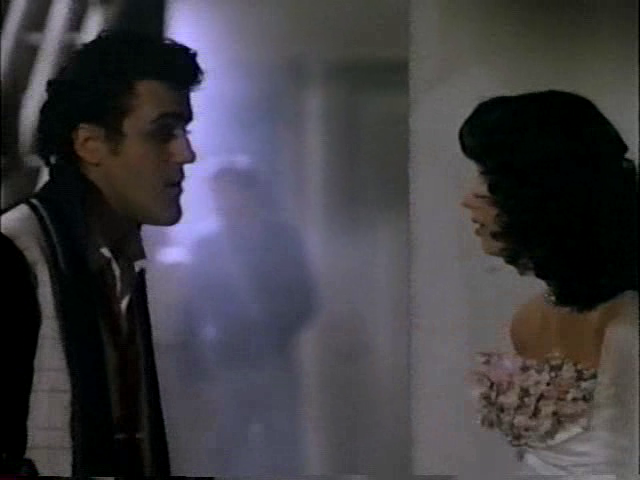|
Genres, Themes, Actors, and Directors:
- Claudia Jennings Films
- Ex-Cons
- Outlaws
- Strong Females
Response to Peary’s Review:
Peary writes that while “cultists of the late [Claudia] Jennings, the Playboy cover girl who went on to become the star of several sexy ‘B’ action movies, regard this as one of her best films,” he thinks “it’s disappointing,” noting that given she was “injured shooting a getaway scene, Jennings doesn’t have her usual vitality, and her sense of humor, much in evidence in her other films, is virtually non-existent.”

“So it is,” Peary adds, “that bright-eyed, enthusiastic Jones, who has a better part because of her character changes throughout, steals the film.”
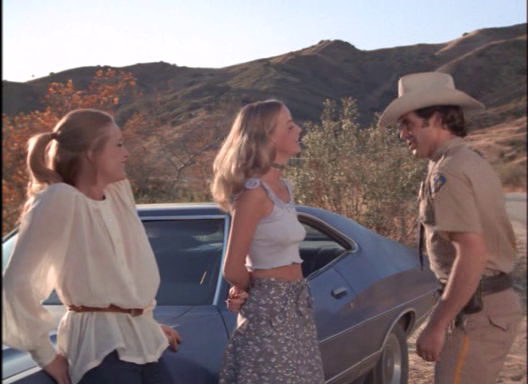
However, he points out that while “Jennings and Jones play well together,” “before their interaction really develops, Johnny Crawford (formerly of The Rifleman) joins the bank-robbing team” and “the film becomes too serious.”

Peary argues that “the picture is so lazily scripted that it has no dramatic conflict” and “nothing has to be resolved;” he suggests that “the film should have one major villain on the women’s tail,” and “also they should have a reason, other than to get rich, for robbing banks.” I agree. While this film is notable as an obvious precursor to Thelma and Louise (1991), its storyline is much less compelling.

Peary elaborates on his review of The Great Texas Dynamite Chase in Cult Movies 2, where he primarily focuses on Jennings’ cult following. He writes:
“We admire Jennings’s [characters] because they sought lifestyles and occupations that were both challenging and daring. Jennings is a roller derby star in Vernon Zimmerman’s The Unholy Rollers (1972), probably her best film; the driver of a semi in Mark Lester’s Truck Stop Women (1974); the lawyer for and a member of a group of lovers who deliberately test the country’s marital laws in Stephanie Rothman’s satirical Group Marriage; a racer of superspeed cars in Deathsport; a seller of illegal alcohol in Moonshine County Express (1977), [Peary’s] favorite Jennings film; and a bankrobber in Dynamite Chase.”
Peary also lets us know he appreciates the fact that when Jennings “wasn’t undressed [in her films], there was a good chance she’d be in an unbuttoned blouse, a see-through mini-dress, or, as in Gator Bait, tight cut-off jeans and an open vest with nothing underneath.” (!)
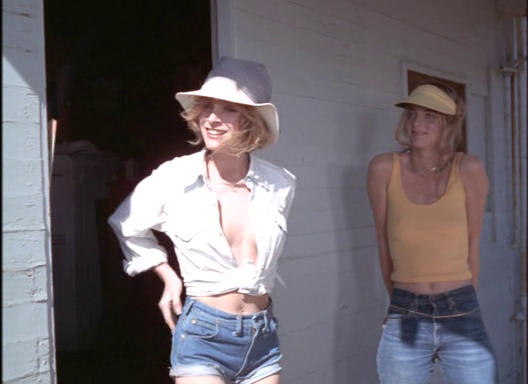
Yes, I can see how this would be important to lovers of such films. All-purpose film fanatics, however, don’t need to bother to check this one out unless they’re curious.
Notable Performances, Qualities, and Moments:
- Jocelyn Jones as Ellie-Jo
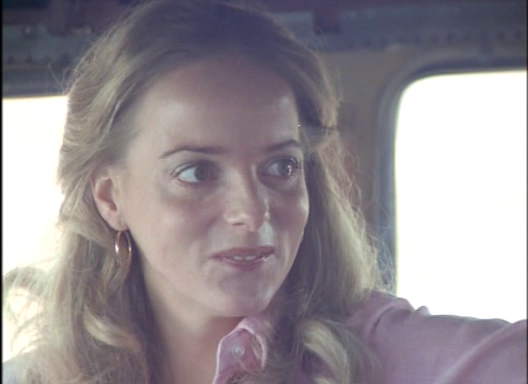
Must See?
No, but it’s worth a one-time look for its cult status.
Links:
|

